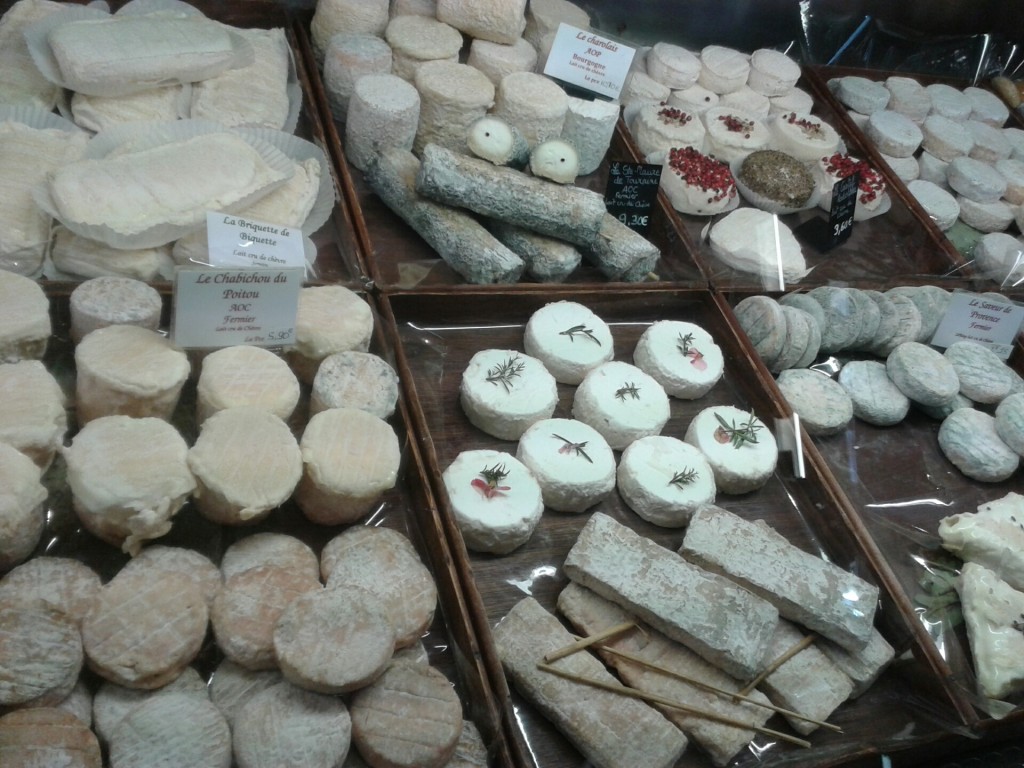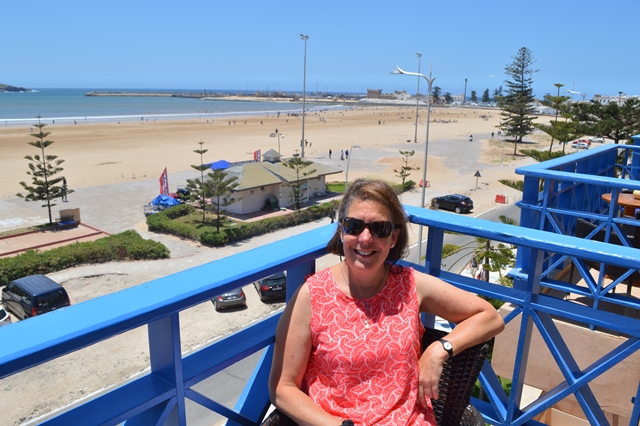This guest blog is written by Louis D’Amore, President and Founder of The International Institute of Peace Through Tourism (IIPT) and Prakash Sikchi, CEO of Inspirock.
Founded in 1986, the International Institute For Peace Through Tourism (IIPT) is a not for profit organisation dedicated to fostering and facilitating tourism initiatives which contribute to international understanding and cooperation, an improved quality of environment, the preservation of heritage, poverty reduction, and healing the wounds of conflict and through these initiatives, helping to bring about a peaceful and sustainable world. It is based on a vision of the world's largest industry, travel and tourism - becoming the world's first global peace industry; and the belief that every traveller is potentially an "Ambassador for Peace.- www.iipt.org
The IIPT first introduced the concept of sustainable tourism development at its First Global Conference: Tourism – A Vital Force for Peace, Vancouver in 1988. It also produced the world’s first Codes of Ethics and Guidelines for Sustainable Tourism in 1992. The organisation also runs a regular and much respected conference programme which has produced a series of Declarations. These have had a positive impact on the travel industry and helped to shape and inform international debate on tackling poverty and improving cross-cultural understanding. Of particular note is the Amman Declaration on Peace and Tourism, which was officially adopted as a UN document and the Lusaka Declaration on Sustainable Development, Climate Change and Peace.
A Meeting of Minds
It was at World Travel Market, following a presentation by Prakash Sikchi, that he and Mr D’Amore first met. Prakash immediately identified with the mission of encouraging every traveller to be “An Ambassador for Peace” and to embrace the life changing experience and diversity afforded by travel. They spoke about IIPT’s history and plans for the IIPT/Skal International “Travel for Peace” campaign with the aim of connecting travellers with local cultures, businesses and some of the planet’s most stunning and inspiring environments.
As a result of this meeting, Prakash Sikchi and his colleagues at Inspirock began discussing how to support this valuable part of IIPT’s work and remain connected in a meaningful way with today’s modern traveller.
Following these discussions and a subsequent meeting between Prakash and Lou D’Amore it was decided to integrate an online trip planner onto the new IIPT ‘Travel for Peace’ website and make it a central component of the new Travellers for Peace campaign.
Looking to the Future
Over the last three decades the IIPT has been motivating the travel and tourism industry to be an even greater force for good and has been reminding travellers of the great privilege it is to see the world and visit new sites and cultures and, today, is introducing its aims and agenda to a whole new audience. The Travel for Peace Campaign is the first of several major initiatives that IIPT has planned for its 30th anniversary year. Hotels, travel agents, tour operators and all other sectors of the industry are invited to become charter members of the IIPT/Skal Travel for Peace Campaign.
For more information on becoming a charter member of the campaign – please contact Lou D’Amore, email: ljd@iipt.org.


























































































